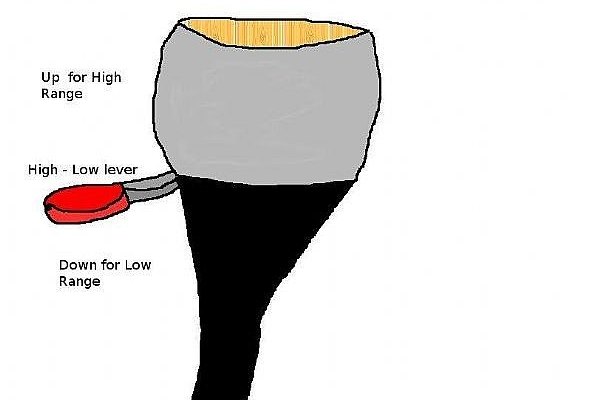How to Shift a Heavy Duty Semi Truck With a Ten Speed Transmission With Limited Use of The Clutch
by Editorial TeamUpdated July 21, 2017
The purpose of this article is to familiarize you with the process of shifting a heavy duty ten speed truck transmission. this is useful if you are considering a career in the trucking industry.
So you have checked your truck out and determined that it is safe to operate, it is idling and it has built up sufficient air pressure to operate the brakes. You should now take a few moments to familiarize yourself with the various controls associated with this process. You are sitting in the driver's seat behind the steering wheel. You have three pedals on the floor in front of your feet. The far right pedal is the throttle, the middle pedal is the service brake and the far left pedal is the clutch. The gear shift lever is located to the right of the driver's seat. There are two buttons located on the dash that control the parking brakes, usually the left one is the tractor parking brake and the right is the trailer. In front of you on the dash is the instrument panel that contains a variety of instruments that monitor the various functions of the vehicle. For this process the most important is the tachometer which is the instrument that measures the engines revolutions per minute (engine speed). Somewhere on the dash or the visor area there should be a plaque or decal detailing the various positions that each gear is located on the gear selector lever and whether that gear is in the high or low range and how to shift between high and low range.

Now that you are familiar with the controls it is time to release the brakes. Depress the service brake pedal with your right foot and push in on the parking brake buttons.

Depress the clutch pedal all the way with your left foot. (If you do not fully depress the clutch the clutch brake will not engage and you will find it very difficult to get into gear.) Place the gear shift lever into first gear.
Release the service brake and slowly ease out on the clutch. This is the trickiest part of this process. You want to make sure your vehicle does not roll back after you release the brakes and before you engage the clutch. This is basically a matter of timing between the brakes and the clutch. (Another thing to note that depressing the throttle before the clutch is fully engaged can produce a condition that your tractor will hop. It is best to get the clutch fully released at an idle and then throttle the engine up.)
Once the clutch is released depress the throttle pedal to accelerate. Keep in mind that most heavy diesel engines operate at a speed of under 2000 revolutions per minute (RPM). In the lower ranges I usually shift at 15-1600 RPM, I find the shifts are smoother in the mid-range of the engine RPM operating range.

Once you have reached your shift speed pull the gear shift lever out of first gear and into neutral. Allow the engine RPM to drop 500 RPM then slide the gear shift lever into second gear. you do not need to tough the clutch pedal at all to do this. it is simply a matter of matching the RPM of the engine to speed of the gears in the transmission. Do not expect this to be a 100% smooth process at first as you will get better with practice.
Repeat step 6 until you have reached high gear. Keep in mind that a ten speed transmission requires a drop of approximately 500 RPM in engine speed for each gear you go up.
Down shifting can be accomplished by reversing the process. Keep in mind that a ten speed transmission requires a rise of approximately 500 RPM in engine speed for each gear you go down.
Writer Bio
This article was written by the CareerTrend team, copy edited and fact checked through a multi-point auditing system, in efforts to ensure our readers only receive the best information. To submit your questions or ideas, or to simply learn more about CareerTrend, contact us [here](http://careertrend.com/about-us).





